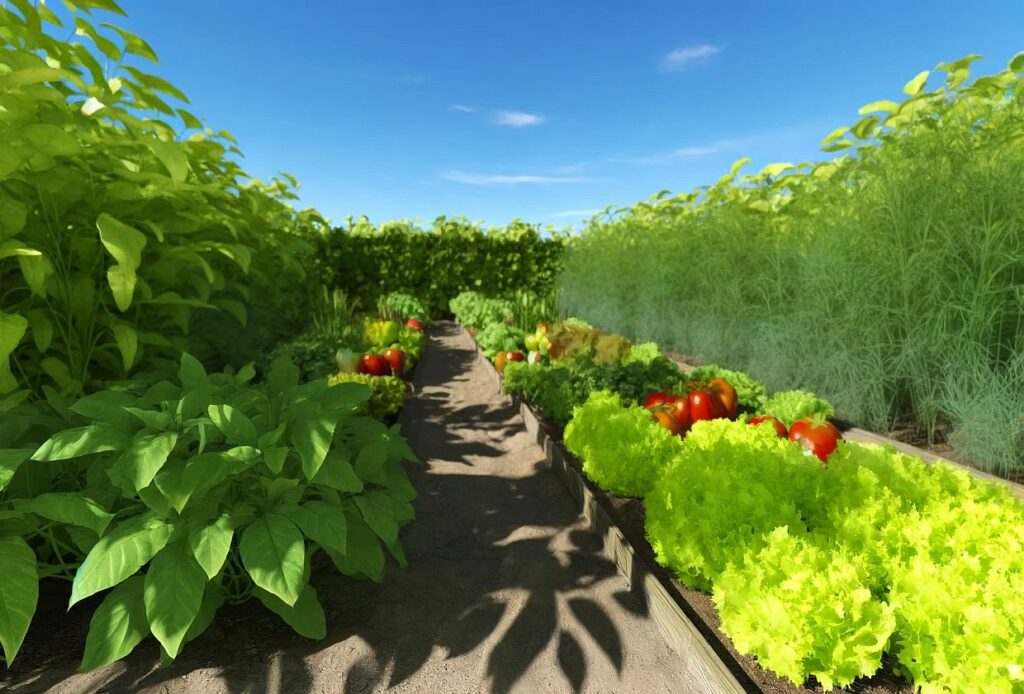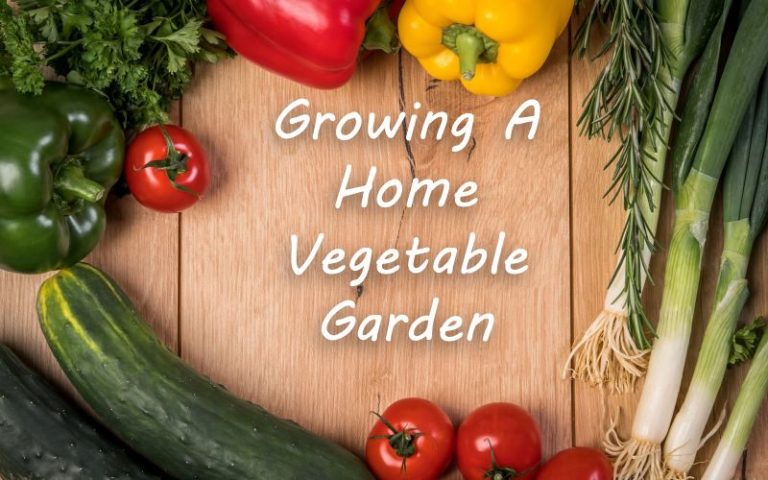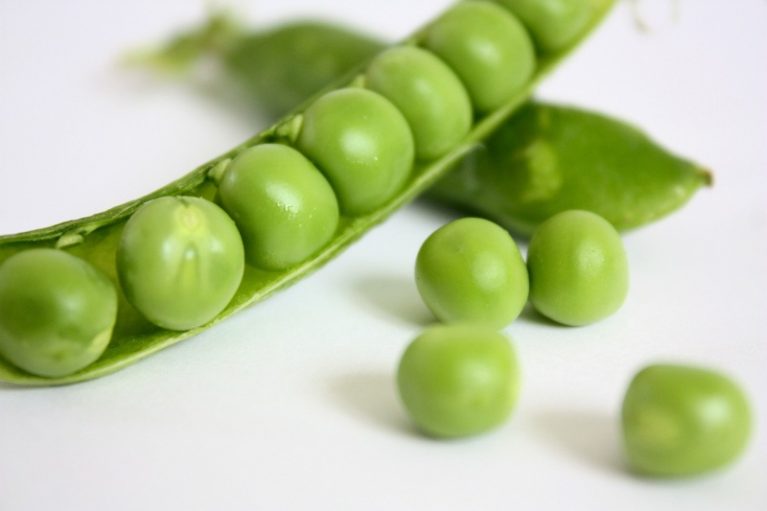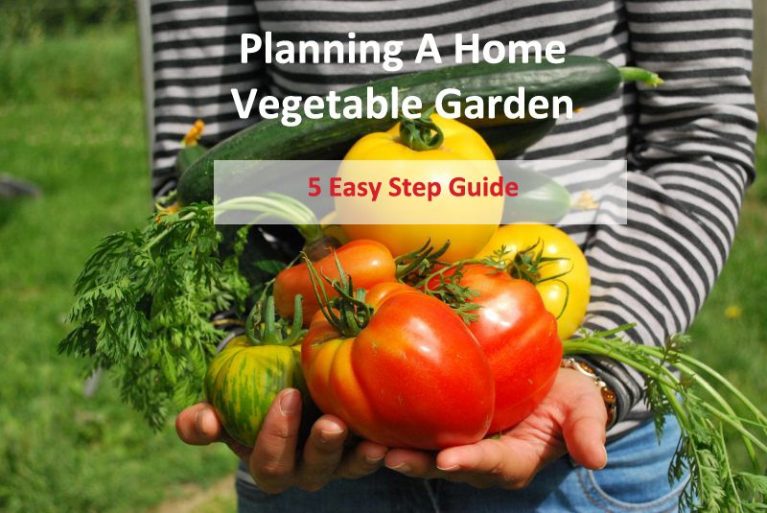Is Hydroponics Better Than Soil?
I get commissions for purchases made through links in this post. View our Affiliate Disclaimer.
People investigating hydroponics as an option frequently ask the question “is hydroponics better than soil?” In comparing hydroponics to soil gardening, hydroponics proves superior, yielding 20-25% more crops due to faster growth and optimized nutrient absorption. Hydroponic systems like Nutrient Film Technique (NFT) and Deep Water Culture (DWC) offer ideal conditions, promoting efficient plant development.
These systems guarantee precise nutrient delivery and better plant health control. Hydroponics require less water, reduce the need for chemical additives, and have a lower carbon footprint, making them more environmentally sustainable. While there are pros and cons for both growing methods, gardeners should consider the advantages of hydroponics for increased crop yield and sustainability before deciding on a growing method. Our exploration of the topic can provide deeper insights into the benefits of hydroponics over traditional soil gardening to help you choose the best method for your situation.
Key Takeaways
- Hydroponics offer faster plant growth and higher nutrient absorption rates.
- Soil gardening provides essential nutrients through natural soil composition.
- Hydroponic systems control nutrient delivery for optimized plant health.
- Hydroponics are more water-efficient and sustainable compared to soil gardening.
- Both methods have pros and cons in terms of ecological footprint.
Understanding the Basics of Hydroponics and Soil-Based Gardening
When considering the basics of hydroponics and soil-based gardening, it’s essential to understand the fundamental differences between the two growing methods.
Hydroponics involves growing plants in a water-based system with added nutrients, while soil gardening relies on traditional planting in the ground. The distinct setups and requirements of hydroponics versus soil gardening impact factors like plant growth, resource management, and sustainability.
What is Hydroponics?
Hydroponics, a plant-growing method that utilizes water instead of soil, is a modern and efficient technique for cultivating crops year-round in controlled environments. The benefits of hydroponics include faster plant growth, higher nutrient absorption, and increased water efficiency compared to traditional soil farming.
Hydroponic systems like Nutrient Film Technique (NFT) and Deep Water Culture (DWC) provide ideal conditions for plants, leading to better yields.
Plants in hydroponics grow faster due to continuous access to nutrients, significantly increasing yields compared to soil-grown crops. Additionally, hydroponics allows precise control over growing conditions, making it an attractive option for those seeking efficient plant growth.
This method is a sustainable and climate-proof way to grow a variety of crops efficiently.
What is Soil Gardening?
Soil gardening involves the cultivation of plants in natural soil environments, utilizing the inherent nutrients and properties of the soil to support plant growth and development. Soil composition plays an important role in providing plants with essential nutrients like nitrogen, phosphorus, and potassium.
Nutrient absorption in soil gardening occurs as plants extract these essential elements through their roots from the soil. The microbial diversity present in the soil aids in breaking down organic matter, releasing nutrients for plant uptake.
Water retention is another significant aspect of soil gardening, ensuring plants have a constant water supply for growth. Overall, soil gardening fosters plant growth by creating a natural environment where plants can thrive through the interaction of soil components.
Is Hydroponics Better Than Soil: Key Differences

When comparing hydroponics and soil gardening, the key differences lie in their nutrient delivery methods, environmental impact, and sustainability.
Hydroponic systems provide a controlled environment for precise nutrient delivery, resulting in faster plant growth.
On the other hand, soil gardening has a more significant environmental impact due to the use of pesticides, fertilizers, and the potential for soil degradation.
Sustainability-wise, hydroponics often require less water and eliminate the need for chemical additives, making them more eco-friendly in the long run.
| Benefits | Soil | Hydroponics |
| Nutrient Source | Natural source of nutrients | Precise and controlled nutrient delivery |
| Taste and Flavor | Improved taste and flavor | Consistent taste and flavor |
| Maintenance | Easier to maintain | Requires constant monitoring and maintenance |
| Startup Costs | Lower startup costs | Higher initial cost |
| Plant Support | Better for certain types of plants | Supports most types of plants |
| Environmental Impact | Lower carbon footprint | Water and nutrient efficiency |
| Pest Control | Natural pest control | Reduced risk of soil-borne pests and diseases |
It’s important to note that both growing methods have their advantages and disadvantages, and the choice between soil and hydroponics ultimately depends on individual preferences and specific growing conditions.
Nutrient Delivery Methods
For efficient nutrient delivery in plant growth, understanding the key differences between hydroponics and traditional soil setups is essential.
In hydroponics, nutrient delivery is direct and controlled through specially formulated solutions, ensuring plants receive all essential elements. Hydroponic nutrients are readily available to roots, leading to efficient nutrient uptake and faster growth rates.
On the other hand, in soil gardening, nutrient absorption by roots is influenced by soil composition and microbial activity, affecting the overall efficiency of nutrient uptake. Soil nutrient absorption can vary based on soil health and moisture levels, potentially impacting plant growth.
Hydroponic systems offer precise control over nutrient delivery systems, optimizing plant health and growth, while soil setups rely on natural processes for nutrient distribution.
Environmental Impact and Sustainability
To analyze the environmental impact and sustainability of hydroponics compared to traditional soil gardening, it’s essential to evaluate the resource management practices and long-term ecological implications of both growing methods.
Hydroponics showcase higher water efficiency and sustainability compared to soil gardening, as hydroponic systems generally use less water and can recycle it, minimizing water loss. However, energy consumption in hydroponics due to grow lights can be a concern, impacting its long-term effects.
Hydroponics eliminate the need for chemical fertilizers and pesticides, benefiting ecosystem health by reducing nutrient runoff and promoting resource conservation. Overall, hydroponics have a lower carbon footprint and are considered more sustainable when looking at the environmental impact in comparison to traditional soil gardening.
Pros and Cons of Hydroponics

When considering the advantages and disadvantages of hydroponics, one must weigh the benefits of efficient plant growth, reduced risk of soil-borne diseases, and the ability to grow plants regardless of climate against the potential challenges.
Hydroponic farming offers low daily maintenance requirements, better yields, and efficient water usage in a closed system.
However, factors like energy consumption, initial setup costs, and the need for precise nutrient management should also be taken into account when evaluating this method.
Advantages of Hydroponic Farming
In hydroponic farming, ideal plant growth and precise control over the nutrient balance are key advantages that contribute to its efficiency and effectiveness compared to traditional soil-based farming methods.
Hydroponics excel in plant nutrition by providing a constant and balanced nutrient supply directly to the roots. The water efficiency of hydroponic systems is superior, as they recycle water in a closed-tube system, reducing waste.
Growth rates in hydroponics are accelerated due to the favorable conditions and continuous nutrient availability. Pest control is enhanced in hydroponic setups, minimizing the risk of soil-borne diseases and pests. Space utilization is optimized through vertical farming methods, allowing for more crops in a smaller area.
Disadvantages of Hydroponic Farming
While hydroponic farming offers numerous advantages, it’s essential to take into account the potential drawbacks that may come with this innovative growing method. Cost efficiency in hydroponics can be a concern due to initial setup costs and technology dependence, impacting resource usage. Maintenance requirements and labor intensity are higher in hydroponic systems compared to traditional soil farming, requiring constant monitoring for nutrient management and disease prevention.
Although hydroponics boast high yield potential, crop diversity is limited mainly to leafy greens, herbs, and some fruits, affecting overall variety. Water consumption in hydroponic setups is notable, with regular monitoring needed for efficient nutrient delivery. Pest control may also pose challenges in maintaining a healthy crop environment.
Pros and Cons of Soil Gardening

Soil gardening offers ease of setup suitable for all growers and is a cost-effective option. The natural growing medium of soil provides a rich microbiome without the need for high-end equipment or energy.
However, it requires decent gardening skills and manual plant care, which can be more labor-intensive compared to hydroponics.
Advantages of Soil Gardening
When considering the advantages of soil gardening, one must acknowledge the inherent benefits of its natural ecosystem and the lower initial costs and technological requirements associated with this traditional growing method.
Soil gardening provides a rich source of soil nutrients essential for plant growth, fostering diverse plant species and promoting a balanced ecosystem. Soil gardening encourages water conservation by retaining moisture and reducing the need for frequent irrigation.
The natural microbial communities present in the soil contribute to growth and nutrient management, assisting in maintaining a healthy plant environment.
Disadvantages of Soil Gardening
Prospective gardeners should be aware that soil gardening necessitates larger spatial requirements and longer growing periods when compared to alternative cultivation methods. Soil challenges like varying quality and fertility levels can impact plant growth and yield.
Pest management in soil gardening often requires the use of chemical pesticides, leading to environmental concerns and potential harm to beneficial insects. Disease risks are higher in soil, as pathogens can persist in the ground and infect plants over multiple seasons.
Space limitations restrict the number of crops that can be grown in a given area, and time constraints are significant as soil preparation, weeding, and maintenance activities can be time-consuming compared to hydroponic systems.
Should You Grow Your Own Food in Soil Or Hydroponics?
Considering the advantages and factors involved, deciding between soil and hydroponics for growing your own food requires a thorough assessment of your goals and resources. When choosing a growing method, it’s important to weigh the following factors:
- Growing Techniques: Evaluate your preferred approach, traditional soil-based farming, or innovative hydroponic systems.
- Crop Comparisons: Consider the types of crops you wish to cultivate and their compatibility with each method.
- Water Efficiency: Reflect on the water usage and conservation practices of soil farming versus hydroponics.
- Environmental Impact: Assess the sustainability and ecological footprint of both soil and hydroponic farming practices.
- Adaptability Challenges: Take into account the flexibility and ability of each method to adapt to varying climates and growing conditions.
Ultimately, the decision to choose hydroponics or soil growing comes down to individual preferences, available resources, and the type of plants you want to grow. Both methods have their advantages and disadvantages, and with the right care and attention, you can achieve healthy, thriving plants using either method.
Frequently Asked Questions
Can Hydroponic Plants Survive Without Soil Nutrients?
In hydroponics, plants can indeed survive without soil nutrients. Nutrient solutions provide essential elements for root development. Water quality, growth mediums, and pH levels impact nutrient absorption and plant yields. Oxygenation is essential for best plant growth and overall plant health.
How Do Hydroponic Growth Rates Compare to Soil Growth Rates?
In hydroponic systems, nutrient absorption is optimized, promoting robust root development. Water usage is efficient, with precise control over light exposure. The growth medium, devoid of soil, accelerates growth rates compared to soil, enhancing overall plant performance.
Are Pests and Diseases Less Common in Hydroponic Systems?
In hydroponic systems, pests and diseases are less common due to controlled growing conditions, precise nutrient solutions, and optimized root health. Effective pest management and disease prevention make hydroponics a reliable choice for plant cultivation.
Do Hydroponic Plants Require Different Care Than Soil-Grown Plants?
When caring for hydroponic plants compared to soil-grown ones, you need to adjust watering frequency, lighting, nutrient solutions, root structures, pH levels, plant sizes, aeration, temperature control, training techniques, and pruning methods. It’s essential for maximum growth.
Can Traditional Farming Methods Be Integrated With Hydroponics for Better Results?
When integrating traditional farming with hydroponics, consider combining soil for nutrient absorption, comparing yields for efficiency, rotating crops for sustainability, and optimizing water usage. Experiment to find the best balance for enhanced results.

Conclusion
When comparing hydroponics and soil gardening, it’s evident that hydroponics offers numerous advantages such as faster plant growth, year-round crop production, and controlled environments.
However, soil gardening still has its merits, including reliance on natural conditions and manual labor. Ultimately, the choice between the two methods depends on your gardening needs and preferences. Consider the pros and cons of each to make an informed decision that aligns with your goals.
Get more posts like this
Subscribe to our mailing list and get interesting homesteading and green living info and updates to your email inbox.
Thank you for subscribing.
Something went wrong.








